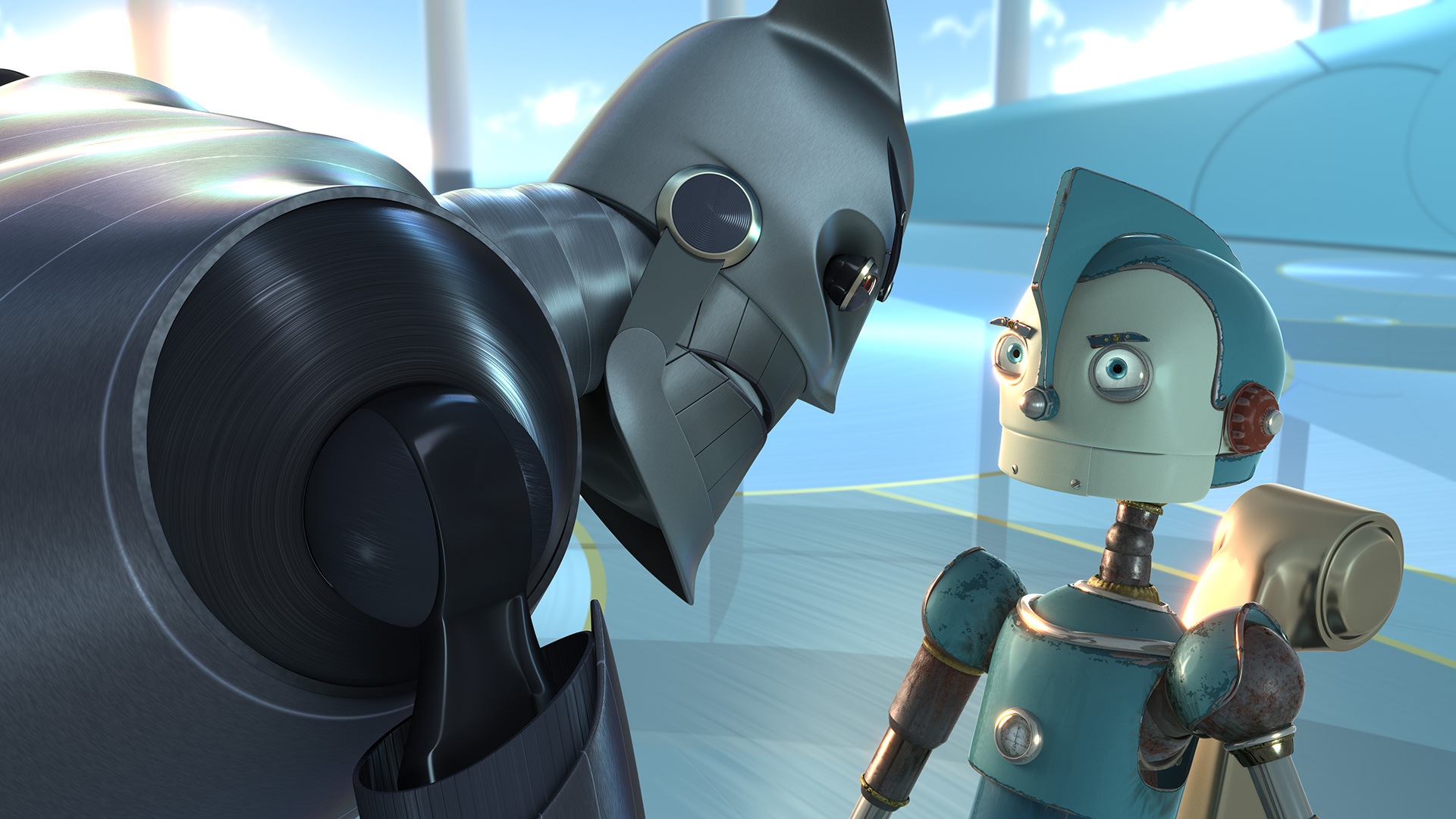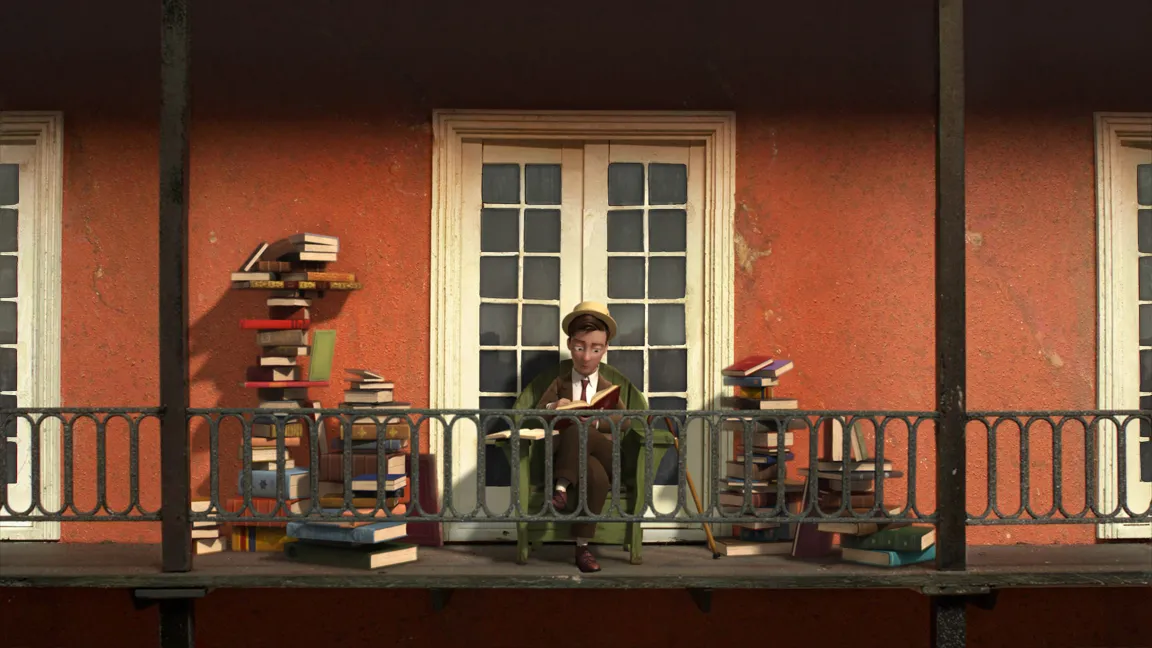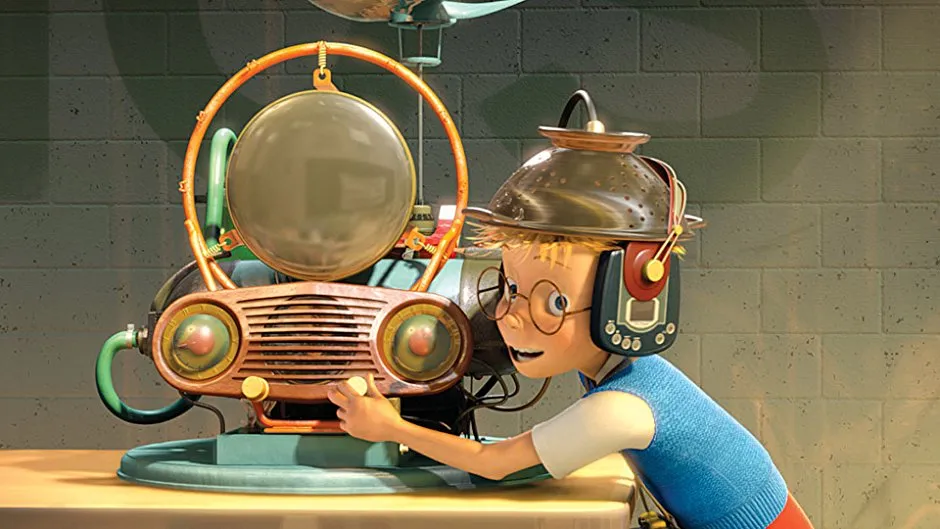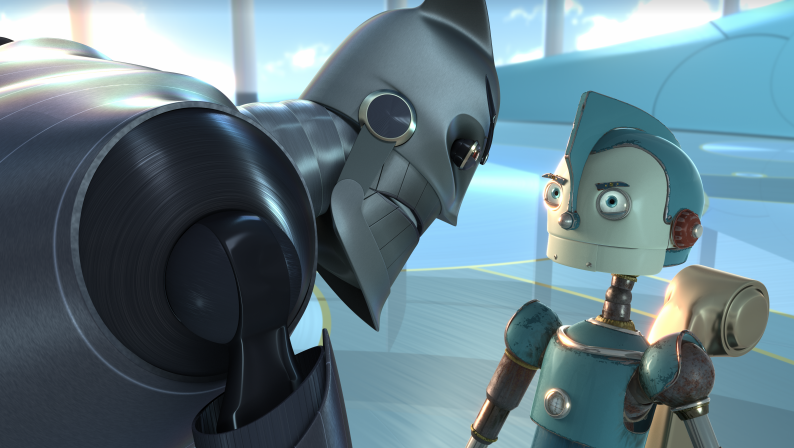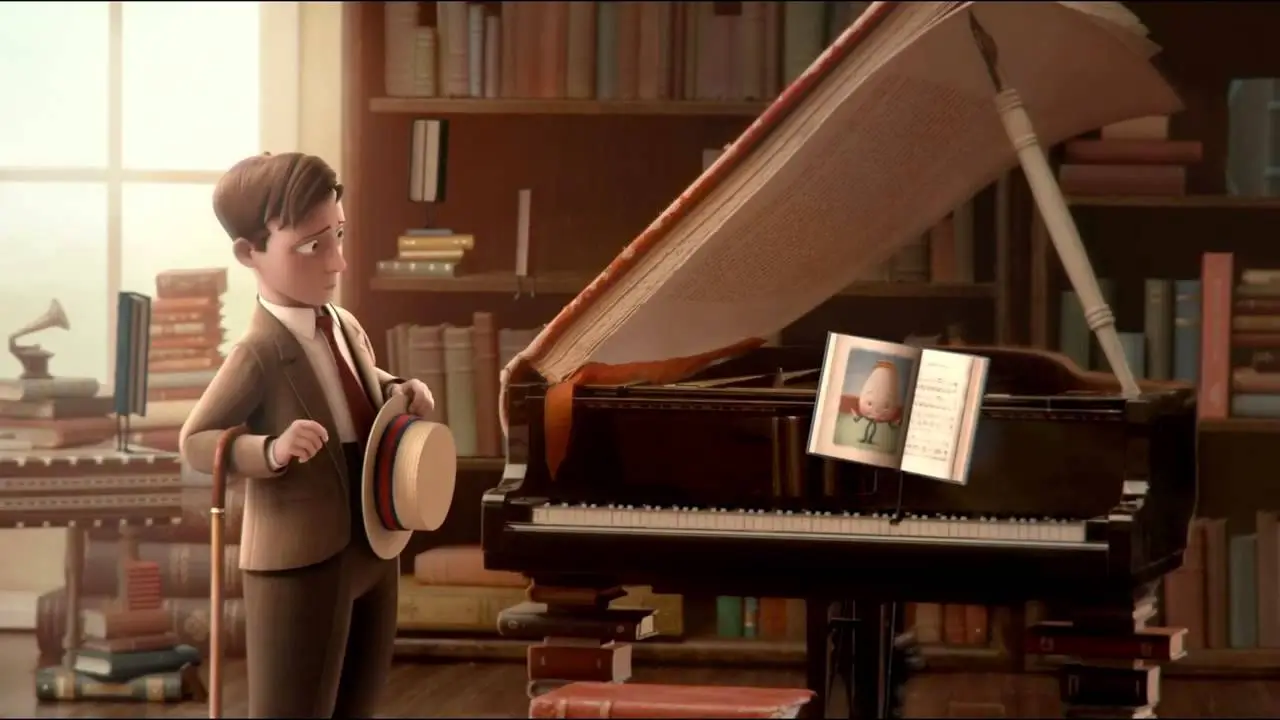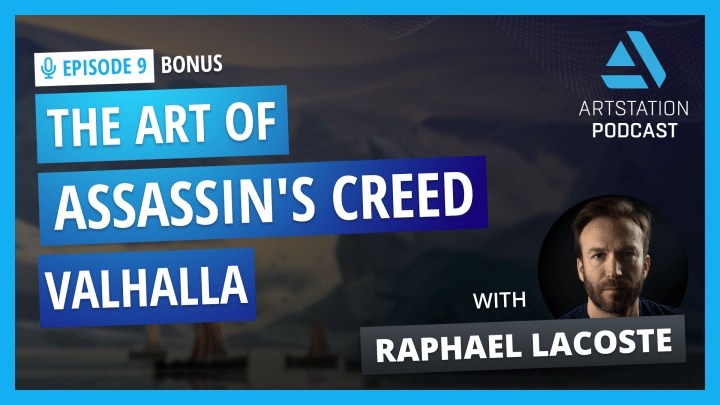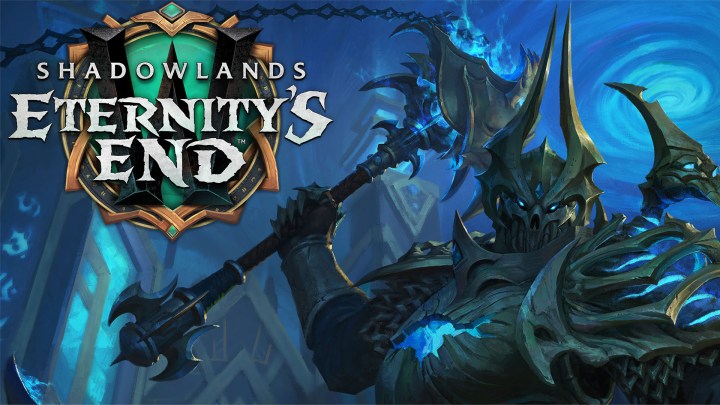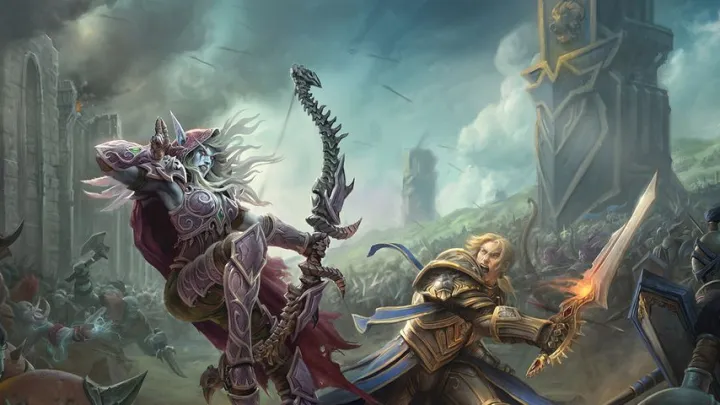FMX: Creating Worlds with William Joyce
The FMX conference is dedicated to Digital Visual Arts, Technologies, and Business. Every year, VFX specialists, Animation experts as well as Games and Transmedia talents come to present cutting edge achievements, state of the art tools and pipelines, fascinating real time technologies, spectacular immersive experiences, innovative business models and more.
One of the sessions that should be on your radar this year is William Joyce’s Oz. Kong. Fantasia. Frankenstein: The movies that melted my mind and turned me into a designer/storyteller/director.
Self-described as a “hard-headed storyteller who won’t take no for an answer”, Joyce’s creative and vibrant ideas for his projects have always lent themselves well to a children’s imagination. Over the span of a couple weeks, he encountered three surprises in his earlier days as a children’s book creator that would change his career.
The first happened by chance in Louisiana where he met a Disney producer who was shooting a film nearby. The producer took an interest in his books and wanted to pitch the idea as an animated movie to Disney. (Not only was the pitch successful, it would eventually become Meet the Robinsons). Shortly after, he received a call from John Lasseter from a small animation studio (Pixar) asking him to collaborate on a new project called Toy Story. A week later, he received a call from Francis Ford Coppola. Joyce has since been involved in several films created for children as a producer, screenwriter and production designer.
Robots (2005)
“Taste is always a component”, he said on what makes a world believable or not. “Every stick of furniture, every car, every location, every necktie, earring and shade of lipstick feels true to the world that is in that story. There are many films that very confidently designed and you’re just going to go along with them but there aren’t that many films that are just right.” He cites some of his favorite classics like Casablanca, Gone With the Wind, or Wizard of Oz as perfect examples.
“Art is a process that involves a lot of people sitting and discussing what to do with a budget and it can lead to clarity and space. You get to certain points of conflict sometimes but you have to remember that the audience will only know what we show them. Sometimes you have to fight, sometimes you have to give in and sometimes you have to glide along and hope for the best.”
The Fantastic Flying Books of Mr. Morris Lessmore (2011)
On how he saw the industry developing, Joyce commented: “The great thing about the industry now is that there are so many opportunities and venues to tell a story. We’re in a strange time where everything changes but stays the same at the same time. As the age of Netflix and Hulu begin to solidify, there will be a lot of chances to tell stories and move around.”
He went on to recommend that those who hope to pursue a career in concept art and storytelling for film have a thorough understanding or comprehension of the other roles that bring together the final result. “When I started Moonbot Studios, we didn’t want people to do just one thing. It always helps to know other aspects of filming. If you don’t understand the difficulties other might have, it can be frustrating to move forward. Knowing more and battling other avenues is healthy and helps you grow.”
William Joyce’s talk will be held as part of the Concept Art track at FMX on Tuesday, April 24 at König-Karl-Halle from 14:00 – 15:00. If you haven’t already, you can get your conference pass to attend FMX on the event website.
